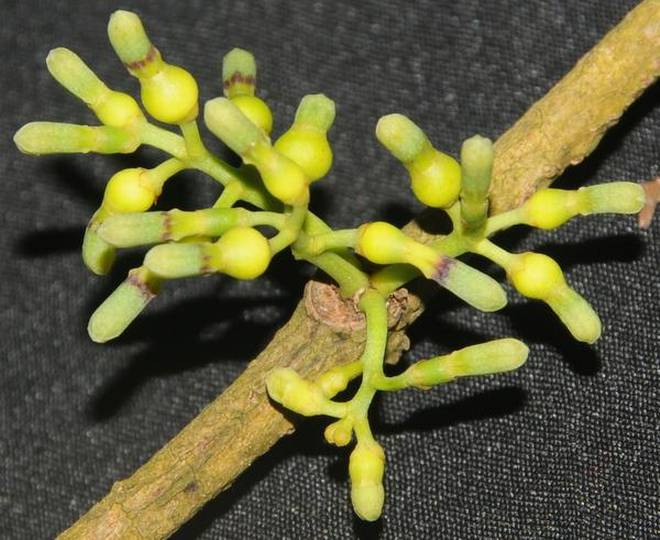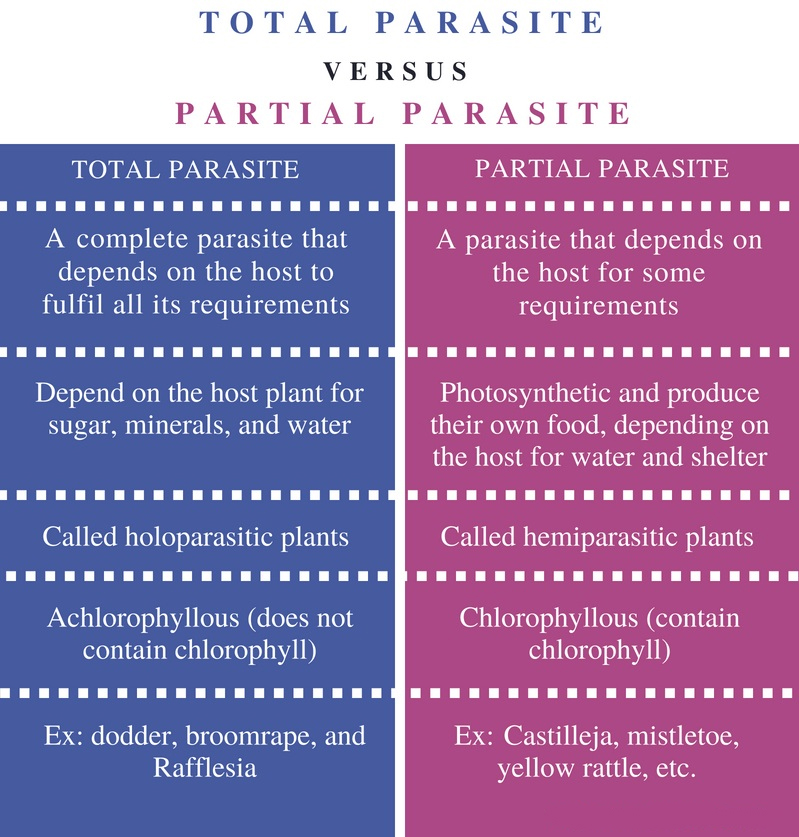Important Facts For Prelims
New Parasitic Plant Discovered in Nicobar Islands
- 31 Jan 2022
- 3 min read
Why in News
A new genus (Septemeranthus) of a parasitic flowering plant has recently been discovered from the Nicobar group of islands.
- In addition to Septemeranthus, four other genera on non-parasitic plants, Nicobariodendron (Hippocrateaceae), Pseudodiplospora (Rubiaceae), Pubistylis (Rubiaceae), Sphyranthera, (Euphorbiaceae) have also been discovered earlier from Nicobar group of islands, highlighting the ecological significance of the region.
Parasitic Plant
- The plant that obtains all or part of its nutrition from another plant (the host) without contributing to the benefit of the host and, in some cases, causing extreme damage to the host.
- The defining structural feature of a parasitic plant is the haustorium, a specialised organ that penetrates the host and forms a vascular union between the plants.
- Parasitic plants differ from plants such as climbing vines, lianas, epiphytes, and aerophytes, though the latter are supported by other plants, they are not parasitic, because they use other plants simply as a structure on which to grow rather than as a direct source of water or nutrients.
Key Points
- About

- The genus Septemeranthus grows on the plant species Horsfieldiaglabra (Blume) Warb.
- Septemeranthus partially depends on its host but also has leaves capable of photosynthesis.
- It is endemic only to the Nicobar group of islands.
- The name Septemeranthus derived from the Latin word ‘septem’ meaning ‘seven’, referring to the arrangement of flowers.
- The genus belongs to the family Loranthaceae, a hemi-parasite under the sandalwood order Santalales and is of widespread importance.
- Plants which are hemi-parasites are partially dependent on their host plants for nutrition.
- Features:
- The leaves of the plant are heart-shaped with a very long tip and the ovary, fruit and seeds are ‘urceolate’ (earthen pot-shaped).
- It has a modified root structure spread on the stem of the tree and is anchored inside the bark of the host tree.
- Hemi-Parasites:
- Hemi-parasites are commonly referred to as mistletoes that contain 18 families, 160 genera and over 2,200 species.
- They need a host tree or shrub in order to thrive and exhibit a worldwide distribution in tropical as well as temperate habitats that evolved approximately five times in the order and are important in forest ecology, pathology and medicine.
- They play an important role as they provide food for frugivorous (feeding on fruit) birds.







